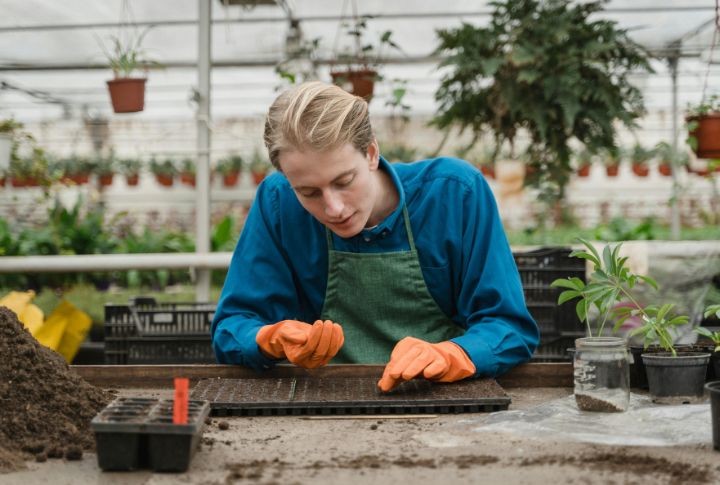
Seeds are picky little things, aren’t they? One day they’re sprouting like crazy, the next you’re staring at empty soil, wondering what went wrong. Turns out, successful germination isn’t about luck or having magical green thumbs. It’s about understanding what actually makes seeds happy and willing to grow. Here are the essentials that’ll turn your seed-sowing efforts into thriving, resilient gardens bursting with life.
Choose High-Quality Seeds
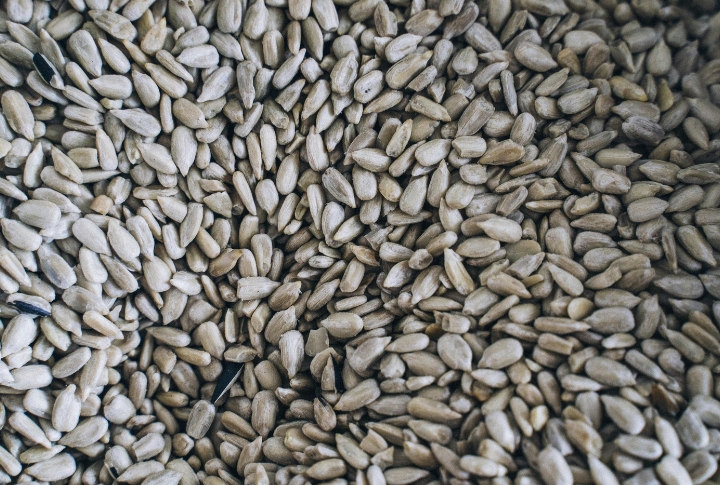
Great gardens start with great seeds. High-quality seeds germinate better and grow into stronger plants. Many gardeners save seeds from their best performers each year. When you start with premium quality, you’ll spend less time weeding out disappointing seedlings later.
Use The Right Soil Mix
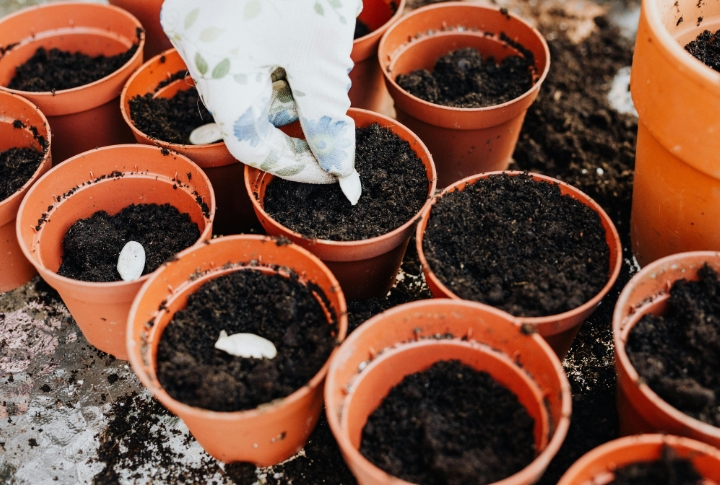
Picking an appropriate soil mix is key to helping seeds sprout successfully. It should drain well while supplying essential nutrients to young plants. Adding quality compost boosts fertility naturally, and a well-structured mix keeps roots from tangling when it’s time to transplant your baby plants.
Maintain Consistent Moisture
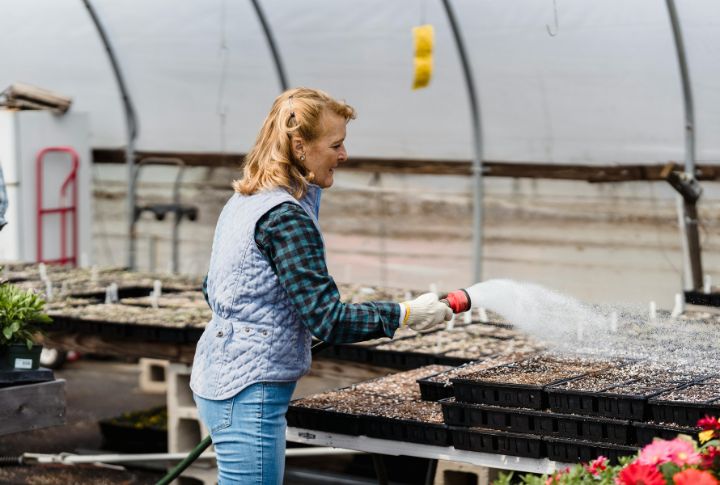
Seeds can be fussy about water—they need the perfect balance. The soil should stay damp without being soggy or waterlogged. So, give it a daily check to keep things consistent and your seeds happy. After thinning, stick with your watering schedule so the remaining seedlings can put down strong roots.
Provide Adequate Light
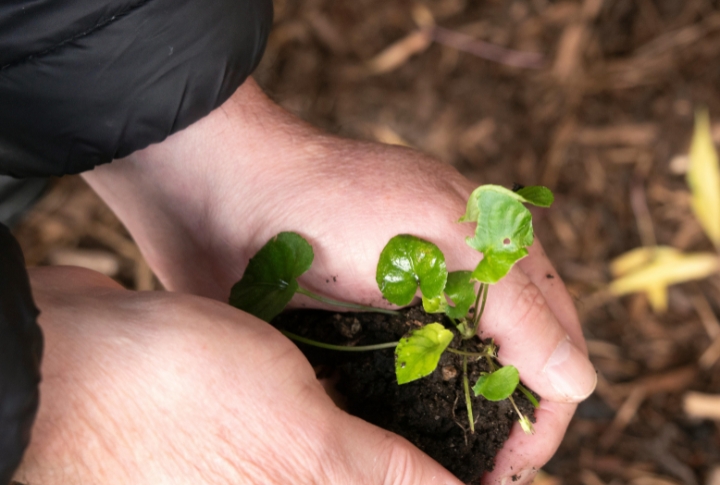
Light is what powers your seedlings’ growth from day one. With plenty of sunshine or grow lights, you’ll get strong stems and vibrant leaves. Try to give them 6-8 hours of direct light daily, and don’t forget to rotate your trays so every seedling gets its fair share of that brightness.
Control Temperature
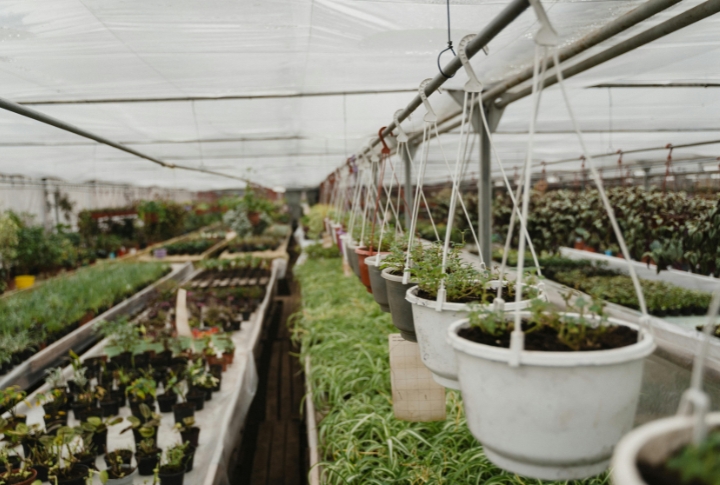
Temperature control also plays a big role in seed development. The right temperature range encourages strong germination, whereas sudden changes can harm young plants. Each seed variety has unique requirements; some prefer cozy warmth, while others need cool soil. Evening temperatures create perfect conditions for seedling care.
Plant At The Correct Depth
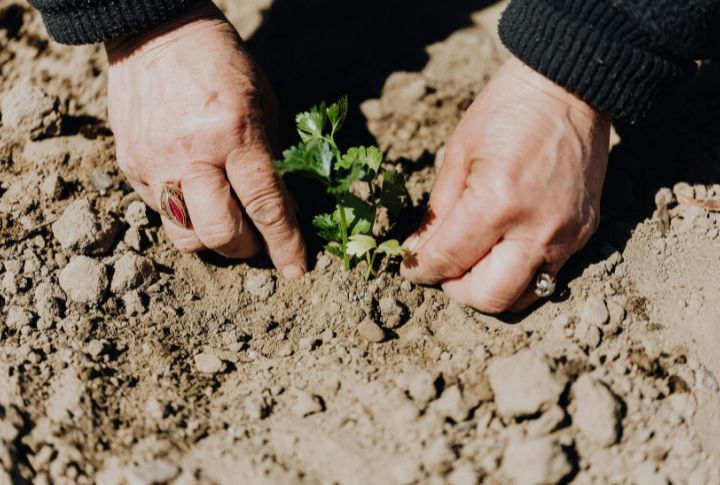
How deeply you plant your seeds really does matter. Different seeds need different treatments. For example, lettuce does best sprinkled on the surface for light access, but tomatoes prefer deeper planting to establish strong roots. As a general recommendation, plant seeds at about twice their width.
Thin Seedlings Properly
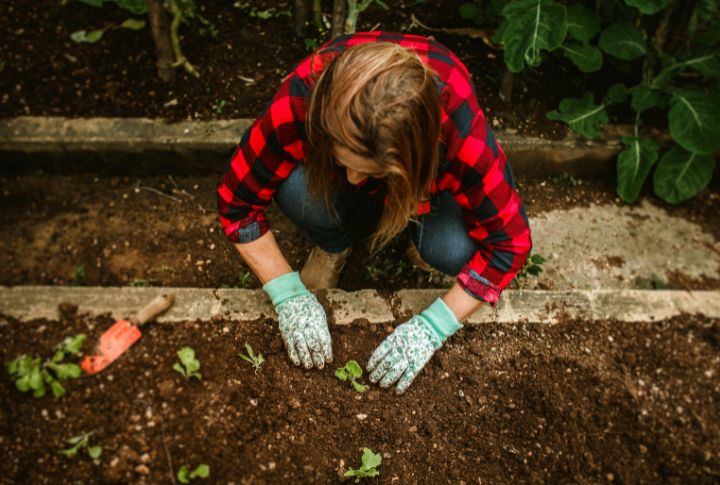
Smart gardeners know the value of properly spaced plants. So, remove extra seedlings early, keeping only the healthiest ones with adequate room between them. This prevents diseases from spreading and stunting growth. The bonus? Thinned seedlings create delicious microgreen toppings for salads.
Use Natural Fertilizers
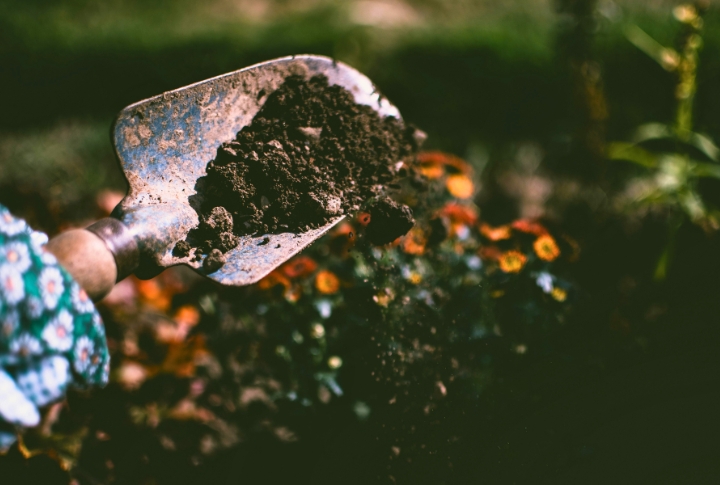
Natural fertilizers give your seedlings the healthiest start possible. Gentle compost tea application is a great choice, as it delivers essential nutrients and improves soil structure at the same time. You can even compost your excess young plants to recycle those nutrients back into the garden.
Harden Off Young Plants
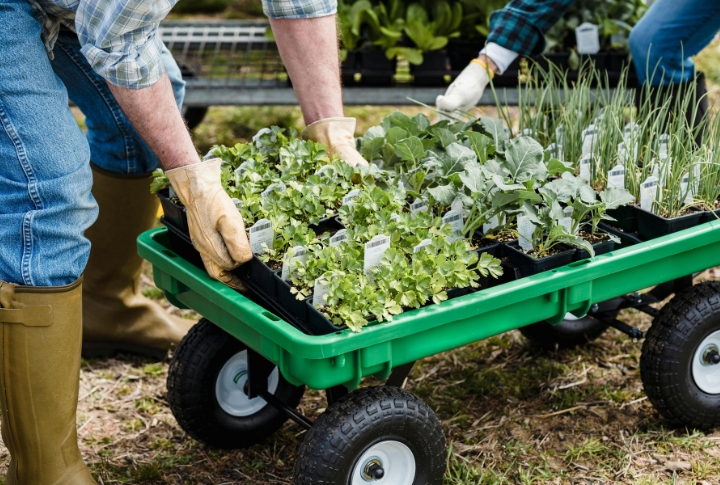
Your seedlings need hardening off before transplanting outdoors. Spend a week slowly introducing them to wind and temperature fluctuations. This experience toughens up delicate indoor plants so they can survive and thrive once you move them into the garden.
Keep A Germination Journal
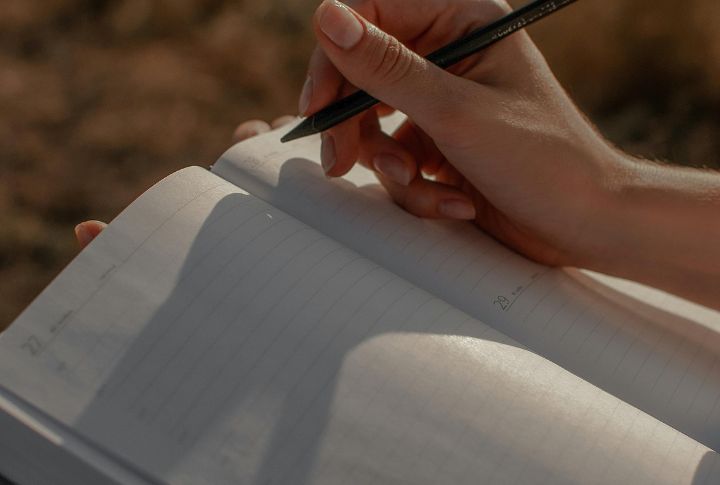
Smart gardeners swear by keeping a detailed germination journal. Write down when seeds sprout, how they grow, and which varieties are your star performers. Feel free to add sketches or photographs if that’s your style. You’ll have a valuable reference that makes each season more successful than the last.

